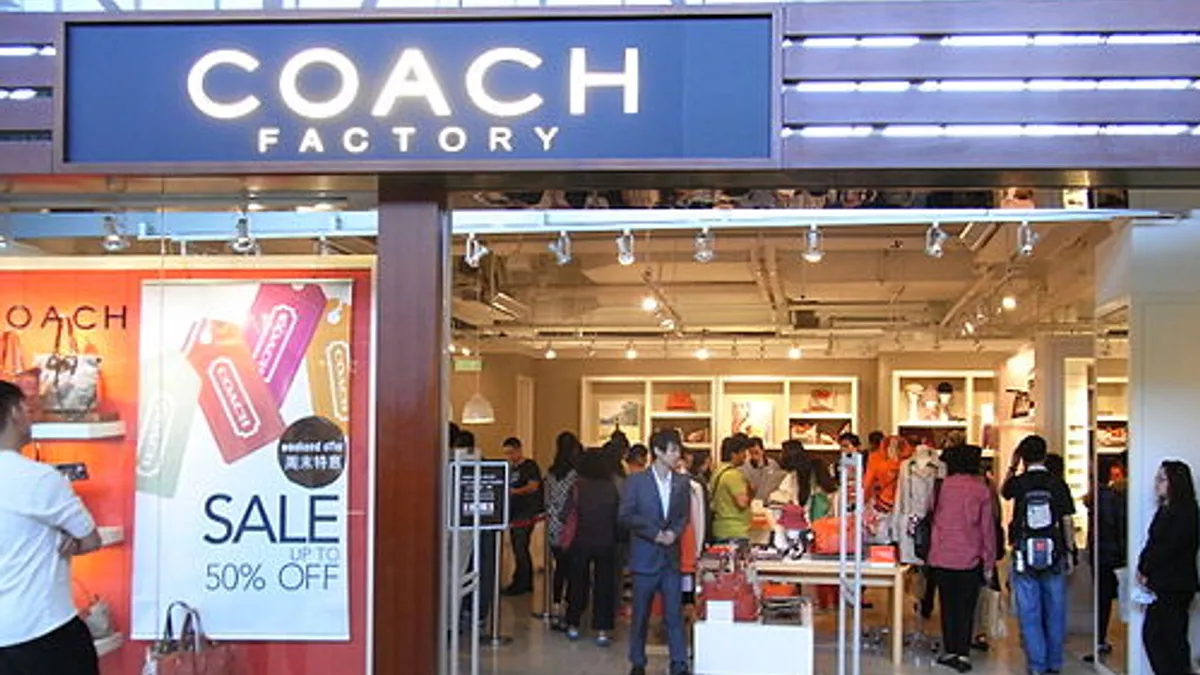While the American mall is at a crossroads, with developers and retailers looking for a new aesthetic and experience to offer consumers — outlet centers and factory stores are proliferating.
Many are booming. Express recently said that its Q2 outlet store sales were double what it had anticipated, and retailers like Hudson Bay-owned Saks 5th Avenue and Nordstrom run their “Off 5th” and “Nordstrom Rack” outlets as key components of their growth strategy.
In the past, bargain basements (literally the basement of a department store) and outlet stores were a way for retailers to offload last season’s castoffs, overstocks, or minor factory production mistakes.
That was not only a way for consumers to save money on high-quality merchandise, but the piles of clothing and accessories were also a lot of fun for some people, who would gleefully dig for finds.
Increasingly, though, running outlet stores includes stocking merchandise that wouldn't pass muster at a retailer’s flagship locations. While many store-brand grocery-store and general-retail items in foods, health, and beauty are seen as good bargains because they’re of better quality these days, outlet stores seem to be heading in the opposite direction.
Consumer un-awareness
Many consumers are not even aware of the practice retailers like J. Crew, Gap, and others use to cut costs and increase margins by selling specially-made-for-the-outlet-store merchandise of lower quality. And when the word does get out, it's not sitting well with customers and consumer advocates.
Early this year, four members of Congress asked the Federal Trade Commission to look at the practice to see if is misleading under the law. While the FTC decides how to pursue that, it has blogged out a warning to consumers that many items found at outlets are, at least, misleadingly labeled.
The Better Business Bureau has also put together a guide warning of sub-par quality of some outlet-only items, telling shoppers that phrases like “suggested retail price” on tags may have decidedly inflated numbers that don’t reflect the actual price at which an item was ever sold.
Some consumers are going so far as to sue. Los Angeles shoppers have instigated class-action lawsuits against Gap and Banana Republic, Neiman Marcus’s Last Call outlet stores, and Saks’s Off 5th for deceptive practices. Attorneys believe more such lawsuits could be filed if the practice continues and more consumers get wind of it.
Could outlet stores hurt a brand?
These days, stories about outlet stores are about the "surprise truth" and “buyer beware” variety that use words like “sneaky” and “deceptive.” Those aren't marketers' dream words.
And, while some shoppers don’t care, those who were looking to get a deal on high-quality merchandise — the descendants of those sifting through bargain-basement bins of old — really do.
Columbia Business School marketing professor Mark Cohen says it is indeed a slippery slope for a retail brand. “Expansion of these outlet strategies is very, very dangerous," he told Buzzfeed. "At what point does your outlet business become too visible to your regular business?”














